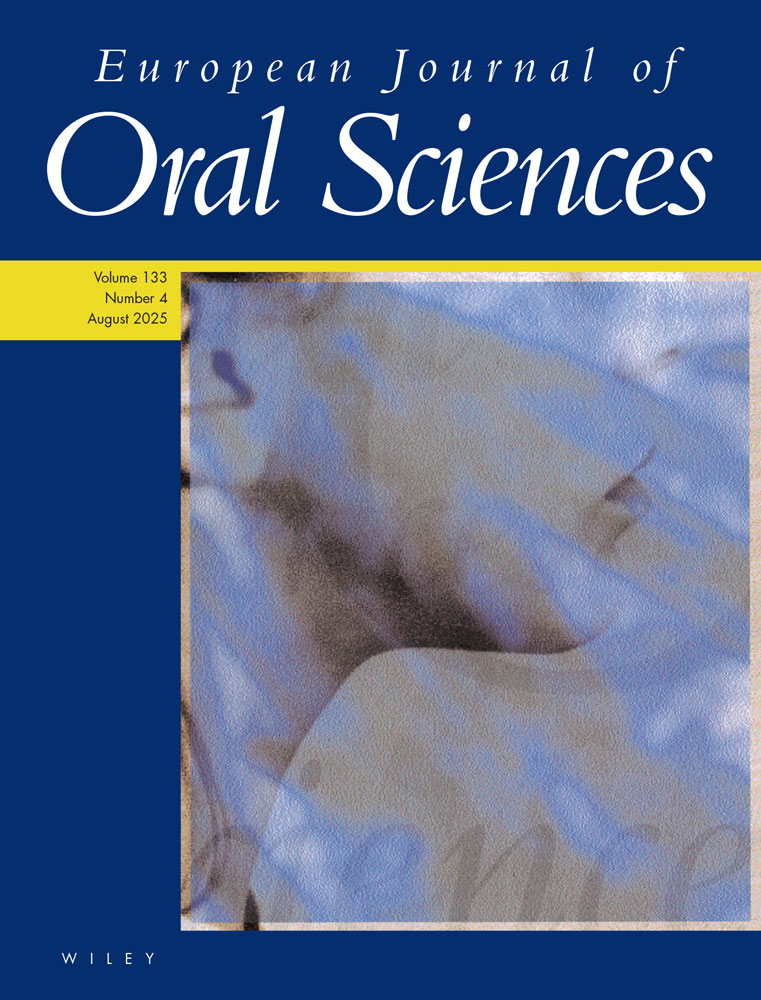Osteoblastic activity of the rabbit temporomandibular joint during distraction osteogenesis assessed by [18F]fluoride positron emission tomography
Abstract
The purpose of the study was to evaluate the effects of irradiation and hyperbaric oxygenation (HBO) on osteoblastic activity of the temporomandibular joint (TMJ) region during mandibular distraction osteogenesis. Unilateral distraction was performed on 19 rabbits, which were divided into five groups. One group served as a control group, while the others received either high- or low-dose irradiation in the TMJ region before surgery. Some of the animals were also given HBO 18 times at 2.5 ATA×90 min preoperatively. Osteogenesis was assessed by [18F]fluoride positron emission tomography at the end of the distraction. Osteoblastic activity was higher on the distracted side in all groups, except in the high-dose irradiated group without preceding HBO. HBO increased osteogenesis on both sides after radiotherapy. It is concluded that increased osteoblastic activity reflects increased pressure on the TMJ region of the distracted side, resulting from lengthening. It seems that more remodeling is required after irradiation than without preceding radiotherapy. After radiotherapy, HBO increased osteoblastic activity.




